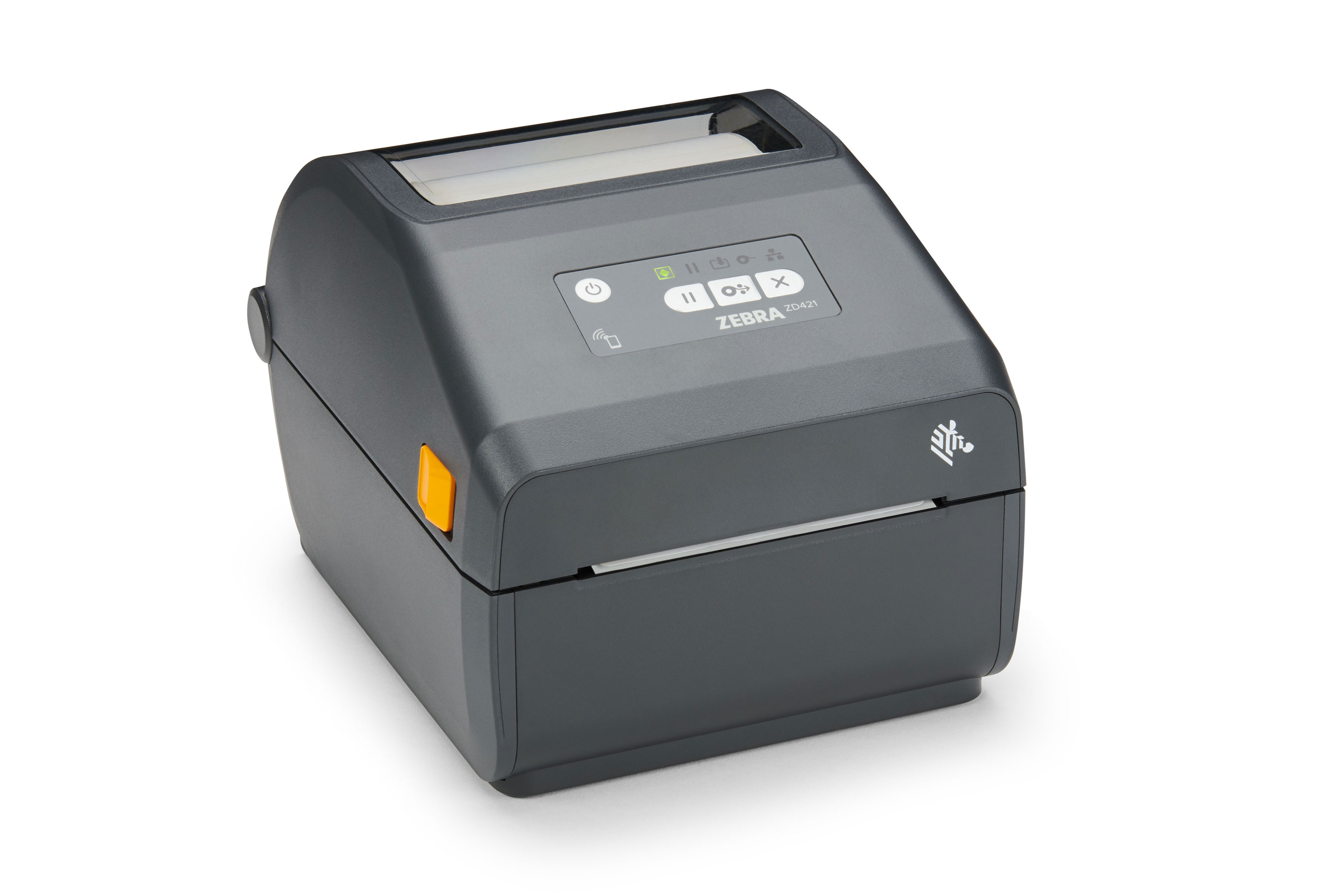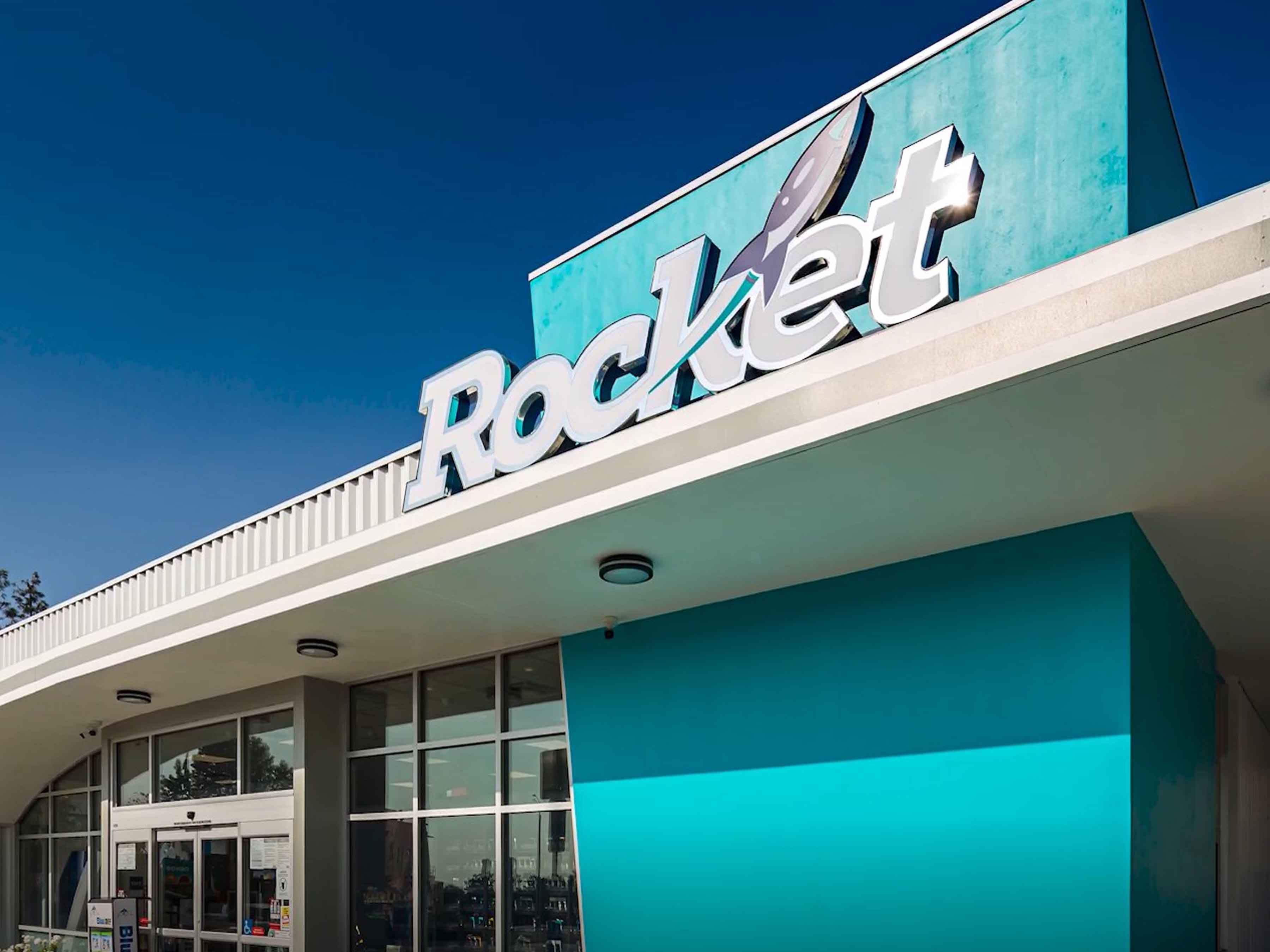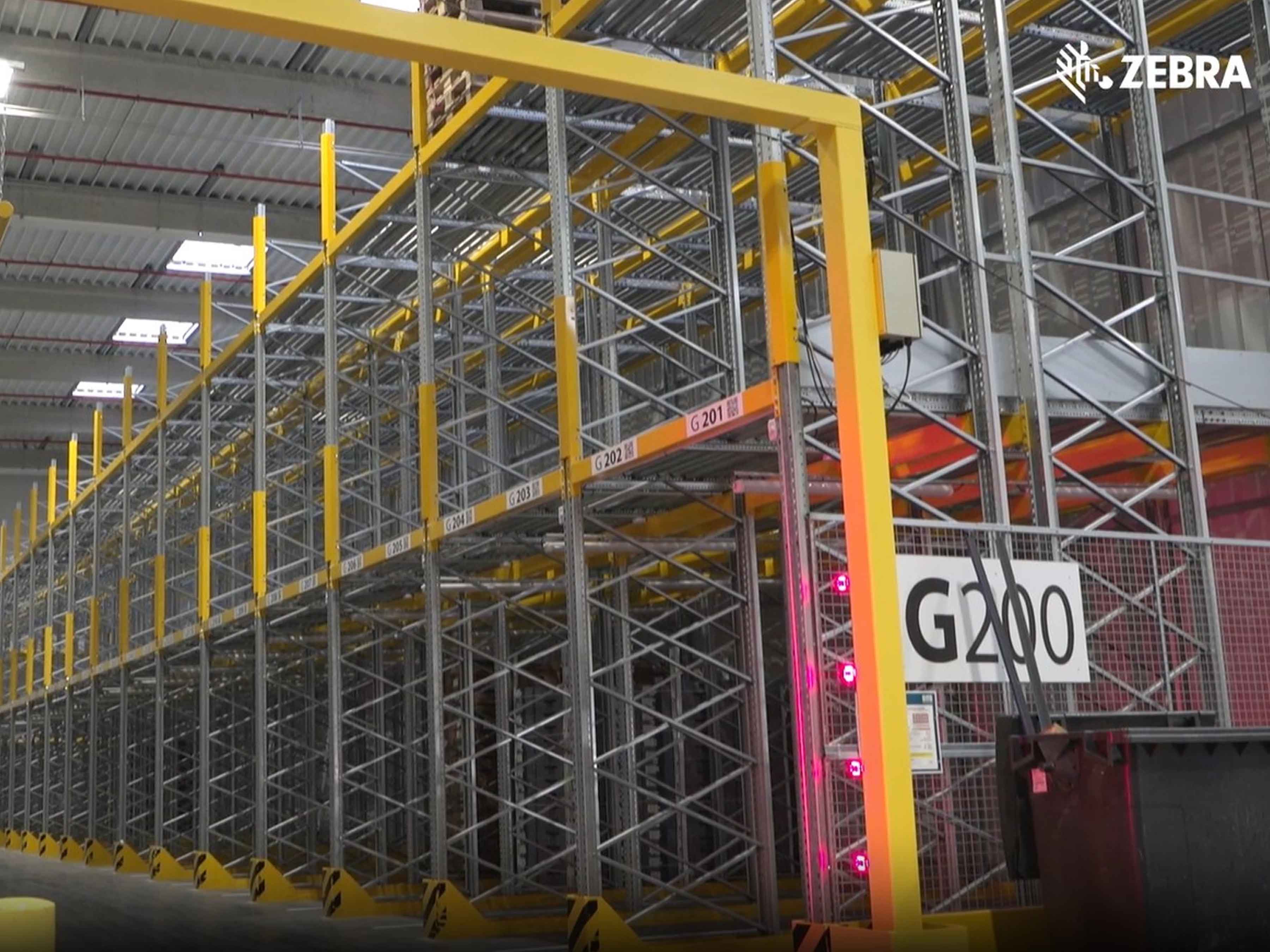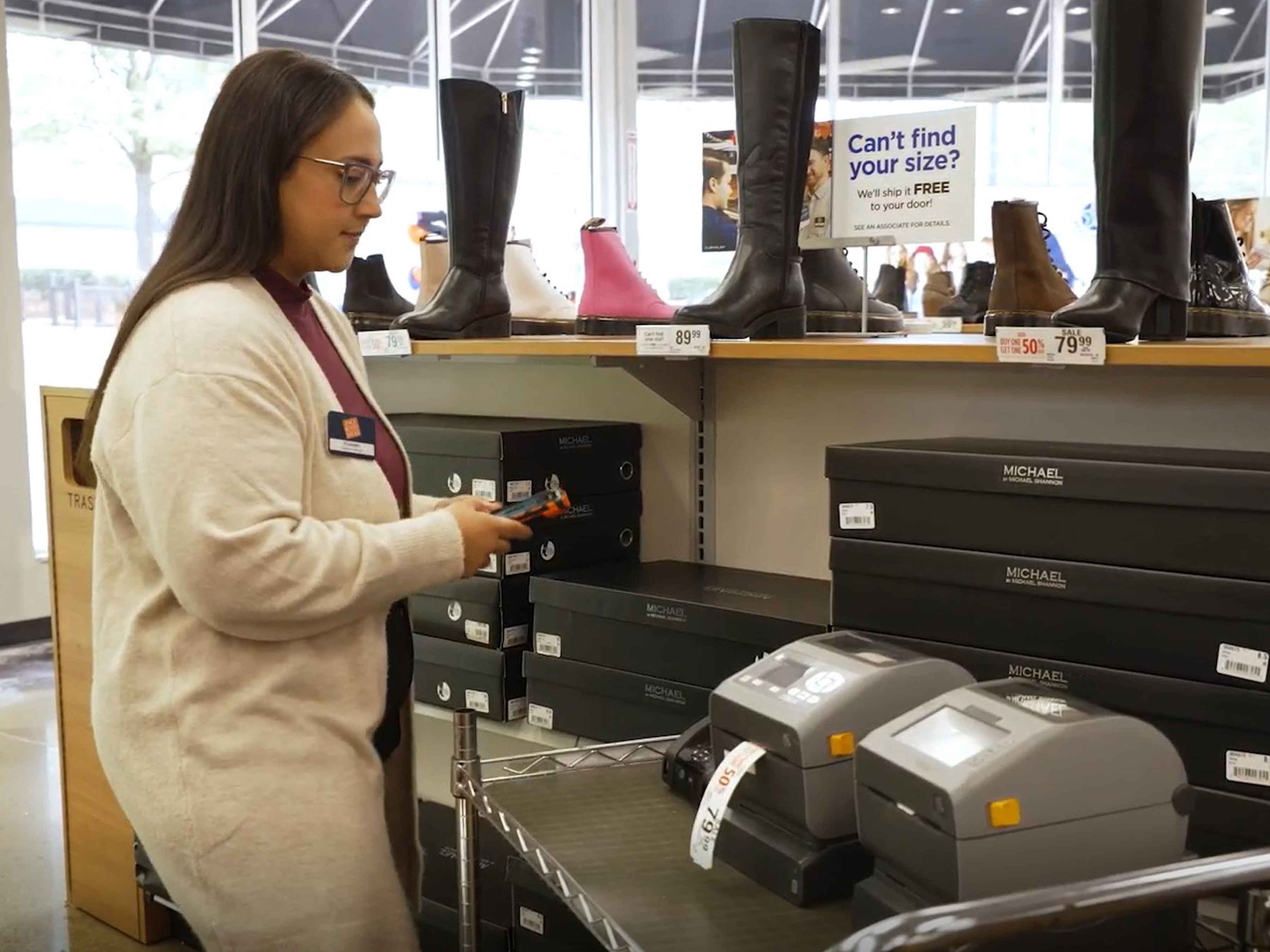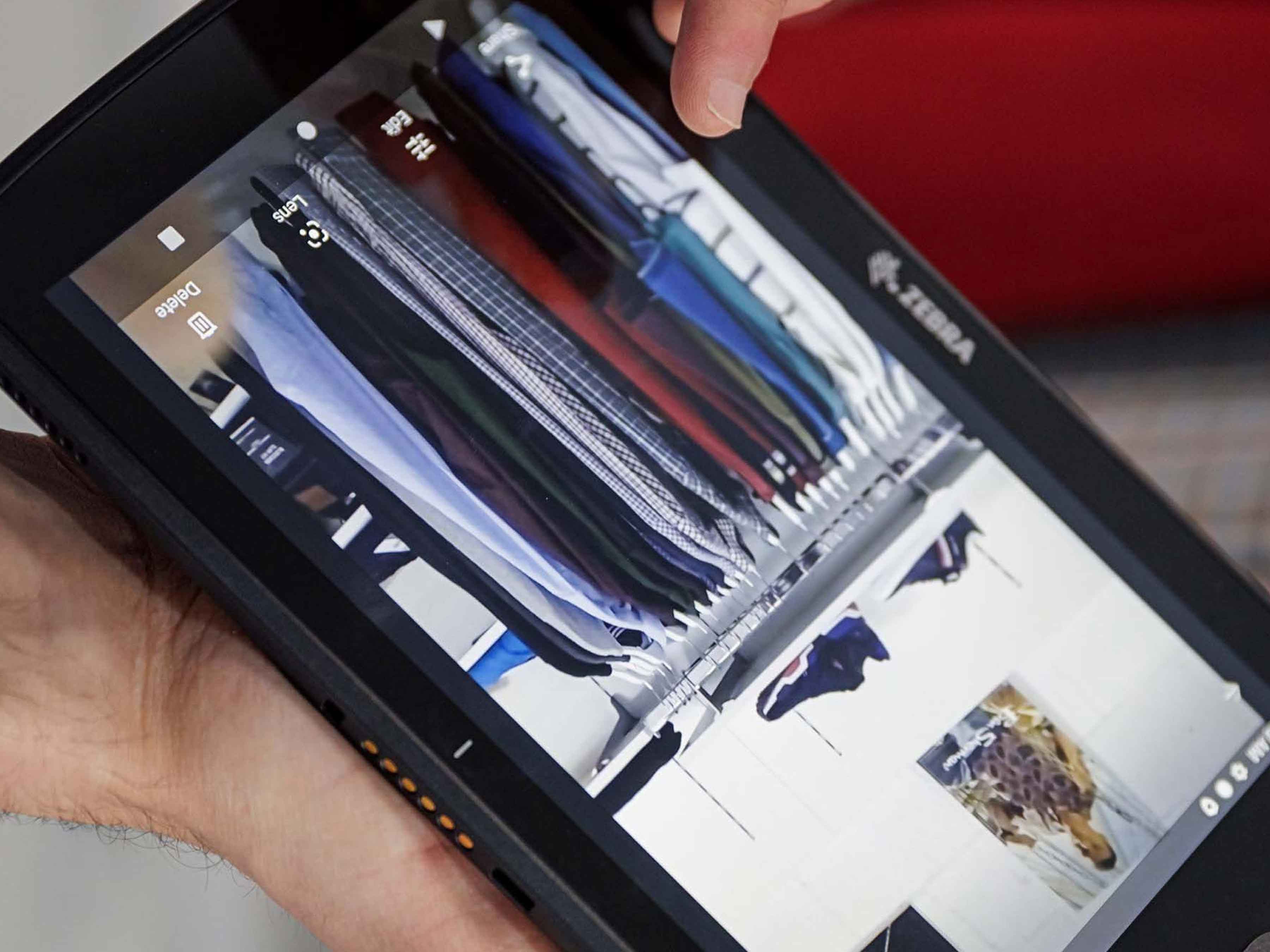Transform retail operations with Zebra’s retail technology solutions, featuring hardware and software for improving inventory management and empowering teams.
Streamline operations with Zebra’s healthcare technology solutions, featuring hardware and software to improve staff collaboration and optimise workflows.
Enhance processes with Zebra’s manufacturing technology solutions, featuring hardware and software for automation, data analysis, and factory connectivity.
Zebra’s transportation and logistics technology solutions feature hardware and software for enhancing route planning, visibility, and automating processes.
Zebra's hospitality technology solutions equip your hotel and restaurant staff to deliver superior customer and guest service through inventory tracking and more.
Zebra's market-leading solutions and products improve customer satisfaction with a lower cost per interaction by keeping service representatives connected with colleagues, customers, management and the tools they use to satisfy customers across the supply chain.
Empower your field workers with purpose-driven mobile technology solutions to help them capture and share critical data in any environment.
Zebra's range of mobile computers equip your workforce with the devices they need from handhelds and tablets to wearables and vehicle-mounted computers.
Zebra's desktop, mobile, industrial, and portable printers for barcode labels, receipts, RFID tags and cards give you smarter ways to track and manage assets.
Zebra's 1D and 2D corded and cordless barcode scanners anticipate any scanning challenge in a variety of environments, whether retail, healthcare, T&L or manufacturing.
Zebra's extensive range of RAIN RFID readers, antennas, and printers give you consistent and accurate tracking.
Choose Zebra's reliable barcode, RFID and card supplies carefully selected to ensure high performance, print quality, durability and readability.
Zebra's location technologies provide real-time tracking for your organisation to better manage and optimise your critical assets and create more efficient workflows.
Zebra's rugged tablets and 2-in-1 laptops are thin and lightweight, yet rugged to work wherever you do on familiar and easy-to-use Windows or Android OS.
With Zebra's family of fixed industrial scanners and machine vision technologies, you can tailor your solutions to your environment and applications.
Zebra’s line of kiosks can meet any self-service or digital signage need, from checking prices and stock on an in-aisle store kiosk to fully-featured kiosks that can be deployed on the wall, counter, desktop or floor in a retail store, hotel, airport check-in gate, physician’s office, local government office and more.
Discover Zebra’s range of accessories from chargers, communication cables to cases to help you customise your mobile device for optimal efficiency.
Zebra's environmental sensors monitor temperature-sensitive products, offering data insights on environmental conditions across industry applications.
Enhance frontline operations with Zebra’s AI software solutions, which optimize workflows, streamline processes, and simplify tasks for improved business outcomes.
Zebra Workcloud, enterprise software solutions boost efficiency, cut costs, improve inventory management, simplify communication and optimize resources.
Keep labour costs low, your talent happy and your organisation compliant. Create an agile operation that can navigate unexpected schedule changes and customer demand to drive sales, satisfy customers and improve your bottom line.
Empower the front line with prioritised task notification and enhanced communication capabilities for easier collaboration and more efficient task execution.
Get full visibility of your inventory and automatically pinpoint leaks across all channels.
Reduce uncertainty when you anticipate market volatility. Predict, plan and stay agile to align inventory with shifting demand.
Drive down costs while driving up employee, security, and network performance with software designed to enhance Zebra's wireless infrastructure and mobile solutions.
Explore Zebra’s printer software to integrate, manage and monitor printers easily, maximising IT resources and minimising down time.
Make the most of every stage of your scanning journey from deployment to optimization. Zebra's barcode scanner software lets you keep devices current and adapt them to your business needs for a stronger ROI across the full lifecycle.
RFID development, demonstration and production software and utilities help you build and manage your RFID deployments more efficiently.
RFID development, demonstration and production software and utilities help you build and manage your RFID deployments more efficiently.
Zebra DNA is the industry’s broadest suite of enterprise software that delivers an ideal experience for all during the entire lifetime of every Zebra device.
Advance your digital transformation and execute your strategic plans with the help of the right location and tracking technology.
The Zebra Aurora suite of machine vision software enables users to solve their track-and-trace, vision inspection and industrial automation needs.
Zebra Aurora Focus brings a new level of simplicity to controlling enterprise-wide manufacturing and logistics automation solutions. With this powerful interface, it’s easy to set up, deploy and run Zebra’s Fixed Industrial Scanners and Machine Vision Smart Cameras, eliminating the need for different tools and reducing training and deployment time.
Aurora Imaging Library™, formerly Matrox Imaging Library, machine-vision software development kit (SDK) has a deep collection of tools for image capture, processing, analysis, annotation, display, and archiving. Code-level customisation starts here.
Aurora Design Assistant™, formerly Matrox Design Assistant, integrated development environment (IDE) is a flowchart-based platform for building machine vision applications, with templates to speed up development and bring solutions online quicker.
Designed for experienced programmers proficient in vision applications, Aurora Vision Library provides the same sophisticated functionality as our Aurora Vision Studio software but presented in programming language.
Aurora Vision Studio, an image processing software for machine & computer vision engineers, allows quick creation, integration & monitoring of powerful OEM vision applications.
Adding innovative tech is critical to your success, but it can be complex and disruptive. Professional Services help you accelerate adoption, and maximise productivity without affecting your workflows, business processes and finances.
Zebra's Managed Service delivers worry-free device management to ensure ultimate uptime for your Zebra Mobile Computers and Printers via dedicated experts.
Find ways you can contact Zebra Technologies’ Support, including Email and Chat, ask a technical question or initiate a Repair Request.
Zebra's Circular Economy Program helps you manage today’s challenges and plan for tomorrow with smart solutions that are good for your budget and the environment.
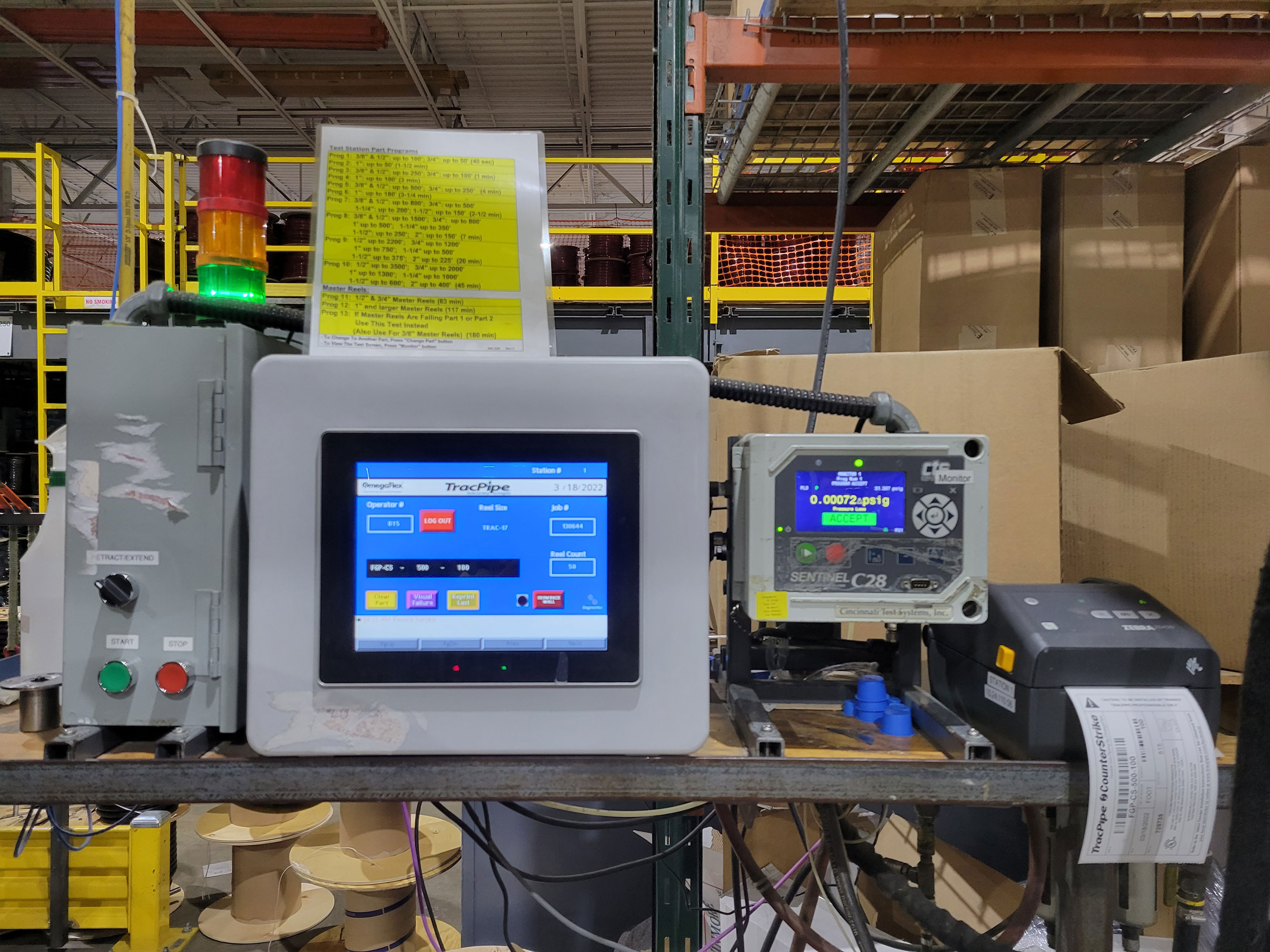
OmegaFlex
OmegaFlex is an international producer of flexible metallic piping products. As part of its quality control process, the company conducts a pressure test to check for defects or leaks.
Zebra Success Story: OmegaFlex
Overview: Manufacturing Challenge
Create a new labelling system to improve accuracy and efficiency.
Benefits / Outcomes
- 12 new workstations to decentralise printers from the standalone computer
- 20%-50% increase in quality testing speeds
- 20% increase in throughput in the inspection department
- Better productivity as operators spend less time waiting on centralised printer
- Supervisors reduce time scanning paperwork for errors
- Centralised Audit Trail of units tested directly
Customers
OmegaFlex
Exton, Pennsylvania/USA
Partner
Integrated Productivity Systems (IPSi)
Industry
Manufacturing
Solutions
About OmegaFlex
OmegaFlex® is an international producer of flexible metallic piping products. Established in 1975, the company supplies proprietary products for many applications and markets, including primary steel production, semi-conductor, medical, pharmaceutical, petrochemical, residential and commercial construction and power generation. OmegaFlex sells its products internationally, with operating facilities in Exton, Pennsylvania and Banbury, England.
The Challenge
As part of its quality control procedure, OmegaFlex conducts a pressure test to help ensure there are no defects or leaks in its products. The operator visually identifies the product size and length and then uses a chart to select the proper test programme for that reel. Inspection requires the operator to go to a central workstation and print multiple product labels for the reels they plan to test, up to 30 at a time. Once a reel passes the pressure test, it is labelled and placed into inventory.
Before implementing the current solution, staff members found the old system cumbersome. Only one workstation was in operation, which was shared by multiple workers. Operators would often waste valuable time waiting in line for their turn. The company wanted to speed up the process and reduce data input errors.
Long lines weren’t the only drawback to the previous system. Operators could create labels before testing the products. If the labels were not used, they had to be deleted from the tracking database. The testing systems were operator-controlled, meaning the operator could select the wrong testing parameters for the product. Enterprise Output Management (EOM) inventories were often incorrect as operators had to self-monitor their work. Also, the tracking database had limited storage capabilities. Each year, the database had to be moved to a separate storage method and then cleared out to start fresh.
We’re ending up with a more professional product at this point, and a more professional label that goes out on our product.
Brian Szczech, IT Manager, OmegaFlex
The Solution
Omegaflex was able to decentralise its labelling system with the help of Integrated Product Systems (IPSi), Seagull Scientific’s BarTender Barcode Labelling Software and Zebra’s desktop printers. Based on IPSi’s suggestion, OmegaFlex implemented a new solution that features 12 new workstations. Each space includes a Red Lion HMI, Do-More PLC, Cincinnati Test Systems Pressure Decay Tester and a Zebra ZD400 Series desktop printer.
“{Zebra printers are} incredible products. We get a full lifecycle out of those things,” says Brian Szczech, IT Manager, OmegaFlex.
While the setup includes many components, Justin Moore, Senior Project Engineer with OmegaFlex, says integration was not difficult.
“The Human-Machine Interface (HMI) and Programmable Logic Controller (PLC) are ethernet compatible, so that was a quick, easy communication. It’s sending strings of characters to send the commands. We actually built one workstation first, {we} proved {it worked} and after a few months, they all jumped on board.”
The Zebra Difference: Outcome and Benefits
Increased Efficiency
Now that Omegaflex has replaced the inefficient, centralised system, the quality testing team has reported an increase its overall efficiency. The BarTender software automatically takes the information the operator keys into the HMI, sends that information to the database and generates a label back to that workstation, where it is then printed.
“The printers are key,” Moore says. “If a printer doesn’t work, the tested product doesn’t go any farther. It can’t make its way into inventory without a proper label on it.”
No Lines & Better Accuracy
Thanks to the new solution, the operators are also able to stay at their own workstations, eliminating the logjam of the prior method. And while operators previously had to self-monitor their work, which often resulted in inaccurate inventories, now there are fewer input errors since the information is only being entered once instead of multiple times.
The data is much more accurate. Supervisors spend less time going back into the database, and they are correcting fewer mistakes. In fact, Omegaflex has increased throughput in the inspection department by 20%.
Moore estimates the improved labelling accuracy saves supervisors roughly two hours each morning since they spend less time searching information from the previous day. It has also simplified the process for operators and reduced some of the paperwork they need to fill out at the end of their shift.
The new solution has also increased testing speeds anywhere from 20%-50%. This improves overall efficiency for the company as the quicker the product gets into inventory, the faster it can be sold and shipped.
“We’re ending up with a more professional product at this point,” says Szczech. “And a more professional label that goes out on our product.”
Featured Products and Solutions
Related Resources
Legal Terms of Use Privacy Policy Supply Chain Transparency
ZEBRA and the stylized Zebra head are trademarks of Zebra Technologies Corp., registered in many jurisdictions worldwide. All other trademarks are the property of their respective owners. ©2025 Zebra Technologies Corp. and/or its affiliates.

